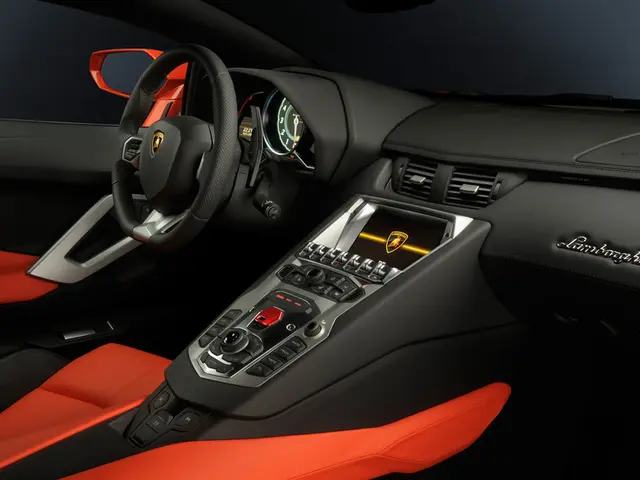Collisions with electric vehicles tend to incur greater expenses compared to those involving traditional combustion engines, as a minimum.
In a significant development for the electric vehicle (EV) market in Germany, the General German Insurance Association (GDV) has reported that the comprehensive damages for EVs are now around 15 to 20 percent more expensive than for comparable cars with combustion engines. However, this gap is shrinking rapidly due to several factors.
According to Anja Käfer-Rohrbach, deputy CEO of the GDV, the more EVs there are on the road, the less their damage statistics differ from comparable cars with combustion engines. This trend is primarily due to EVs having fewer moving parts and less complex mechanical systems, leading to lower maintenance needs. As a result, repair costs for EVs are decreasing compared to combustion cars, where frequent oil changes, transmission servicing, and engine repairs are necessary.
The reduced repair costs, combined with the declining initial cost of EVs and repair parts, is positively impacting the acceptance of electric cars. Lower long-term operating and repair costs make EVs more affordable and attractive to consumers, helping to offset their generally higher upfront purchase prices. This increased financial viability, along with incentives and lower fueling costs, is contributing to broader adoption and acceptance of electric cars.
Specifically, EVs avoid typical internal combustion engine (ICE) maintenance like regular oil changes, coolant flushes, and complex transmission repairs, significantly cutting repair costs. The total estimated maintenance and repair cost over five years for EVs can be about $1,000 versus $4,500 for gas vehicles.
Moreover, lower electricity costs versus gasoline also reduce overall running costs, further enhancing EVs’ appeal. As EV manufacturing scales, prices for repair parts and services become more competitive, shrinking repair cost differences even more.
The GDV's study compared 53 model series of electric and combustion engine cars, which were as similar as possible. In terms of the frequency of damages, electric cars now cause only around 10 to 15 percent fewer comprehensive damages than comparable combustion engine vehicles. Last year, the difference was 20 to 25 percent.
The increasing popularity of EVs is evident in the second quarter of the year, where 5.5 percent of all vehicle changes at the insurance company Huk-Coburg were from combustion engine to electric car, up from 4.1 percent in the first quarter. As of April 1, 2025, there were over 1.7 million registered electric passenger cars in Germany, which is more than five times the number at the beginning of 2021.
As workshops, towing services, fire departments, and appraisers gain more experience dealing with damaged EVs, the repair process is becoming smoother and more efficient. This increased expertise is further reducing the repair cost differential between EVs and ICE cars, making electric cars increasingly cost-competitive over the vehicle lifetime.
In conclusion, the lower and shrinking differential in repair costs between EVs and ICE cars makes electric cars increasingly cost-competitive over the vehicle lifetime, facilitating their acceptance among consumers concerned about total cost of ownership and vehicle reliability.
- The less complex mechanical systems in electric vehicles (EVs) lead to lower maintenance needs, as compared to cars with combustion engines, ultimately reducing repair costs over time.
- The reduced repair costs, along with the declining initial cost of EVs and repair parts, are positively impacting the public's acceptance of electric cars, making them more affordable and attractive.
- In a comparative study, the General German Insurance Association (GDV) found that the frequency of damages to electric cars is now only around 10 to 15 percent fewer than comparable combustion engine vehicles, a significant decrease from the previous 20 to 25 percent.
- As the number of EVs on the road increases and repair professionals gain more experience with damaged EVs, the repair process is becoming more efficient, further reducing the repair cost differential between EVs and traditional cars.




